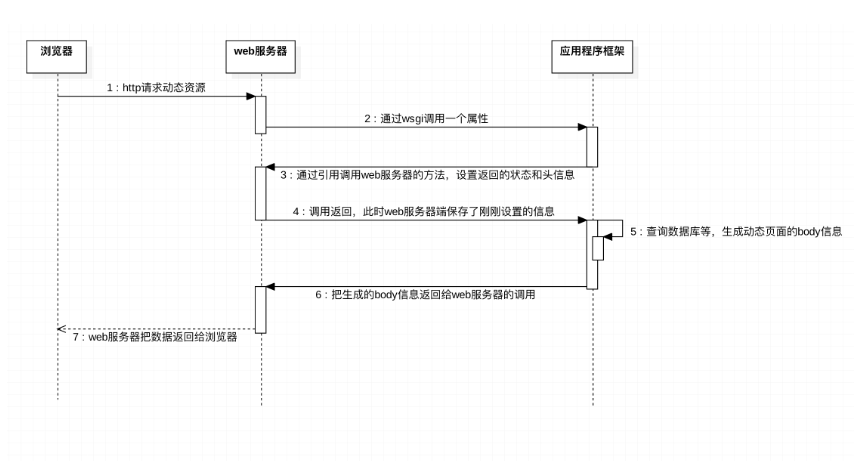1
2
3
4
5
6
7
8
9
10
11
12
13
14
15
16
17
18
19
20
21
22
23
24
25
26
27
28
29
30
31
32
33
34
35
36
37
38
39
40
41
42
43
44
45
46
47
48
49
50
51
52
53
54
55
56
57
58
| from wsgiref.simple_server import make_server
from jinja2 import Template
def index():
with open('index.html', 'r', encoding='utf-8') as f:
content = f.read()
print(content)
return [content.encode('utf-8')]
def login():
with open('login.html', 'r', encoding='utf-8') as f:
content = f.read()
return [content.encode('utf-8')]
def template():
with open('template.html', 'r', encoding='utf-8') as f:
content = f.read()
template = Template(content)
data = template.render(name='犬夜叉', user_list=['桔梗', '日暮戈薇'])
return [data.encode('utf-8')]
def routers():
urlpatterns = (
('/index/', index),
('/login/', login),
('/template/', template),
)
return urlpatterns
def RunServer(environ, start_response):
start_response('200 OK', [('Content-Type', 'text/html')])
url = environ['PATH_INFO']
urlpatterns = routers()
func = None
for item in urlpatterns:
if item[0] == url:
func = item[1]
break
if func:
return func()
else:
return ['404 not found'.encode('utf-8')]
if __name__ == '__main__':
httpd = make_server('127.0.0.1', 8000, RunServer)
print("Serving HTTP on port 8000...")
httpd.serve_forever()
|
